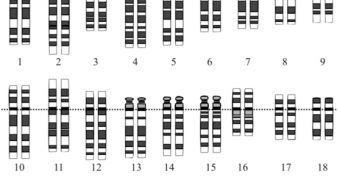The area of genetics covering the alternate roles that various genes play in different cells and tissues has received too little attention over the years, partially because this phenomenon seemed exotic in nature and was not believed to be a regular occurrence. But now, MIT scientists found that alternative spicing is actually a very spread process and is innate to humans.
The science team concluded that some 94 percent of all genes in the body produce more forms of the proteins they are responsible for. This is achieved by adding or removing pieces of genetic material from the proteins, via the messenger RNA, which can result in similar, but not identical, molecules having very different or even opposite roles, depending on the tissue they were formed in.
Messenger RNA (mRNA) is used to relay information from the gene to the protein being formed. mRNAs carry the genetic make-up of the future molecule, which will be comprised of a carefully calibrated series of amino-acids, the building blocks of life. By adding or removing some of these amino-acids, it becomes possible for the gene to actually decide what shape the proteins must have, and not just create them automatically.
This seems to play an important part in the human genome, although research on the matter is still experimental and understanding exactly how and, most importantly, why this happens may be a goal for geneticists over the next few years. For example, a decade ago researchers believed that these so-called mutations appeared in only a few percent of cases, whereas now they believe they occur in more than 50 percent of cases.
Understanding exactly how these proteins are formed and why they differ from tissue to tissue may hold the key to a better understanding of the complex genetic interactions that cause severe diseases, such as cancer. Already, the MIT research team said that the discovery had potential applications in fighting the cell mutations that trigger the appearance of cancer.

 14 DAY TRIAL //
14 DAY TRIAL //